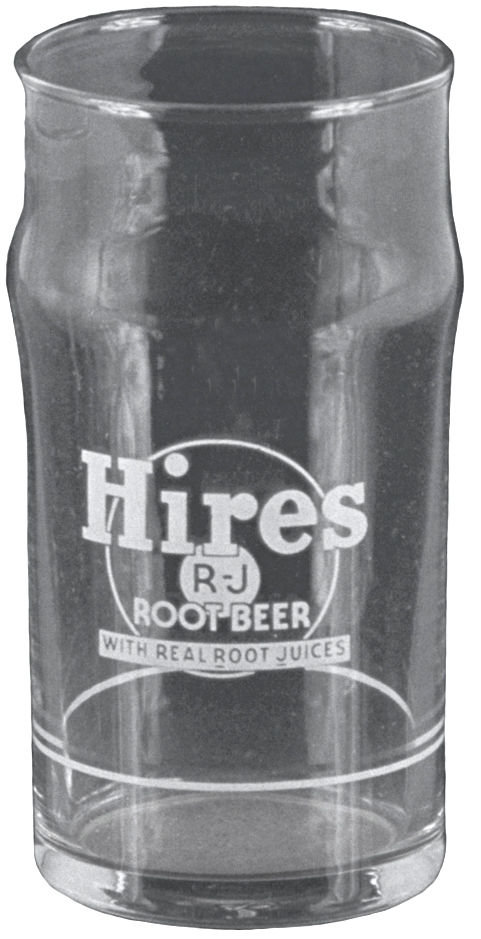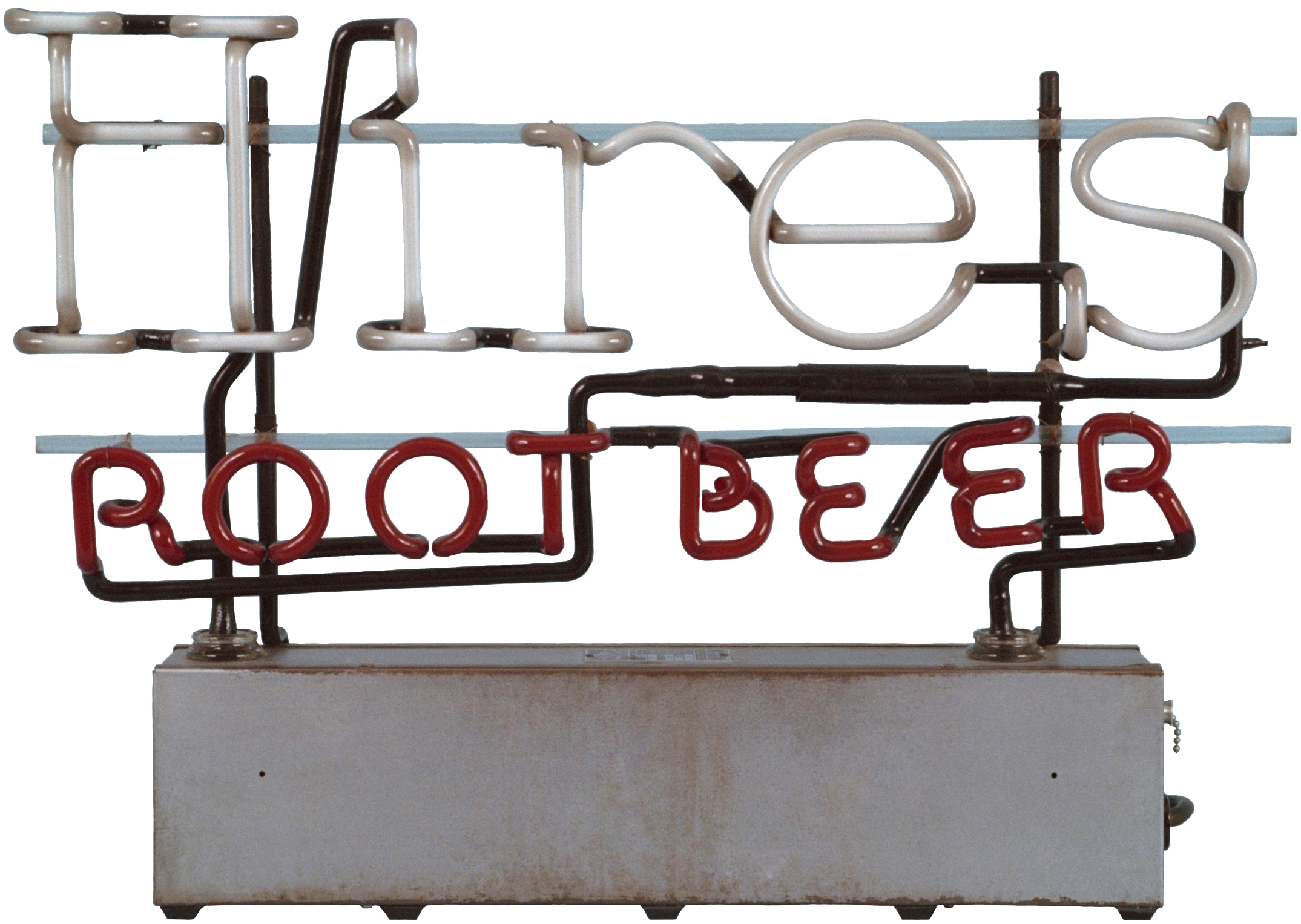1945
IT HAPPENED IN…1945
A nationwide electric dim-out began in January to
conserve diminishing fuel supplies.
New York became the first state to prohibit
employment discrimination by race and creed.
A midnight curfew on nightclubs, bars, and other
places of entertainment took effect in the U.S.
U.S. Marines captured Mount Suribachi on Iwo Jima
and raised the American flag.
President Franklin D. Roosevelt died of a
cerebral hemorrhage April 12th and was succeeded by Harry
S Truman.
Sugar rations were cut 25% as reserves were
nearly depleted.
May 8th was Victory in Europe (“VE”)
Day when the German military formally surrendered.
A uranium bomb was dropped on Hiroshima, Japan
August 6th, and August 9th a plutonium bomb leveled
Nagasaki, Japan, marking the first use of nuclear weapons in
warfare. Japan
surrendered August 15th, ending World War II, and the U.S.
celebrated Victory in Japan (“VJ”) Day.
August 18th President Truman ordered
full restoration of civilian consumer production and collective
bargaining, and a return to free markets to restore the U.S.
economy.
Rationing of shoes, tires, gas and fuel, and food
(except for sugar) ended.
Book publishing enjoyed a highly successful sales
year, with paperbacks creating hundreds of thousands of book buyers.
The New York Yankees baseball team was sold for
$3 million.
Water fluoridation was put into operation in
Grand Rapids, Michigan.
5,000 U.S. homes had television sets.
Newly introduced products and inventions included
Tupperware, microwave ovens, Slinky toys, and frozen orange juice.
5,824 U.S. soft drink bottling plants were in
operation. Per capita
consumption was 132.9 bottles.
Hires’ magazine advertisements continued to reflect the public’s
increasing anticipation of U.S. victory in WWII, carrying the late 1944
“Happy Moments” theme forward into 1945.
Although this advertisement mentions a “big HIRES bottle in the family ice box,” the illustration pictures a 12 ounce bottle with a foil label, and no neck label. The “Support the Mighty 7th WAR LOAN” line referred to the May 14 - June 30, 1945 campaign for the 7th World War II loan subscription. There were concerns bond sales would fall due to Germany’s surrender, but the Mighty 7th War Loan successfully raised over $26 billion.
(Figure 1945-01, magazine
advertisement, June 4, 1945)
This “Happy Moments” advertisement features the image of a man relaxing in an easy chair while holding a war bond and enjoying a glass of Hires R-J Root Beer. The tag line mentions “For real HAPPY MOMENTS hear DON PRINDLE and WENDELL NILES featured on the new HIRES Radio Show…EVERY WEDNESDAY NIGHT – BLUE NETWORK.” Don Prindle was the announcer for numerous radio shows, including Bob Hope’s. The “Niles and Prindle” comedy series was short-lived and only on the air from January 24 – June 6, 1945.
(Figure 1945-01.1, magazine
advertisement)
Another “Happy Moments” advertisement included the image of a soldier in
uniform, his wife, and their newborn daughter, plus “old Judd” seated on
a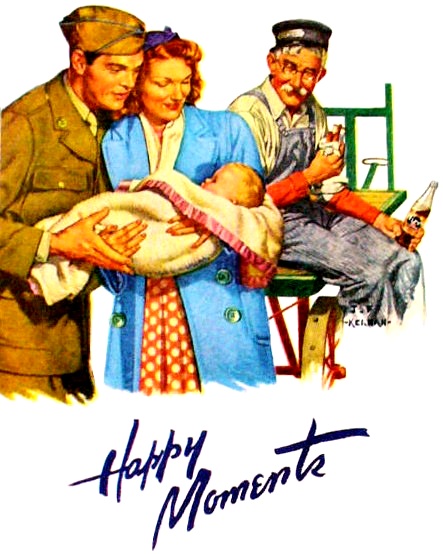 railway wagon with a sandwich and bottle of Hires Root Beer. The
accompanying copy states:
railway wagon with a sandwich and bottle of Hires Root Beer. The
accompanying copy states:
He’ll always remember the thrill of this homecoming.
No crowds…no brass bands…no patriotic speeches…just
his first love and his first-born.
The bright sunshine…his wife’s new blue outfit…his
little glamor-girl’s rosebud mouth…the benign smile of old Judd,
enjoying his usual noonday sandwich and HIRES.
Funny he should remember the name of the drink?
Not at all. HIRES
fits in quite naturally with everyone’s happy moments.
It belongs.
A tag line also promoted the Niles and Prindle show
on the Blue Network.
(Figure 1945-01.3, magazine
advertisement, 6.0" x 5.0")
(Figure 1945-01.5,
Saturday Evening Post
advertisement, 5.0" x 7.0")
(Figure 1945-01.8, magazine
advertisement)
Hires R-J Root Beer Bottlers’ Solution was shipped in metal, five gallon cans, while Concentrate was shipped in clear, one gallon glass jugs bearing foil labels. Here’s an example of a clear, 12 ounce bottle matching the bottle pictured in the June 4, 1945 magazine illustration. This example has a foil body label but no neck label.
(Figure 1945-02, 12 ounce
bottle, 9.5” tall)
(Figure 1945-02, foil body
label)
After the Niles and Prindle radio show ended, Hires launched “On your radio, A new musical show, HIRES HAPPY MOMENTS, Starting July 29, SUNDAY – ENTIRE BLUE NETWORK.”
(Figure
1945-03,
American Carbonator and Bottler, August 1945)
World War II had just ended when Hires placed these magazine advertisements. Sugar was still in short supply and these were clearly attempts to turn the situation into a positive sales feature for Hires.
(Figure 1945-04,
Life,
September 10, 1945)
(Figure 1945-04.5,
Life,
October 1, 1945)
This clear, draft beer-shaped fountain glass bears a white Applied Color Label (ACL) Hires R-J Root Beer logo, plus a syrup line near the base that served as a guide for fountain dispensing. Hires developed this glass but never distributed it to the trade due to its resemblance to alcoholic containers such as beer glasses.
(Figure 1945-05, fountain glass, 6.0” high and 3.0” diameter)
The Acme Electric and Manufacturing Company in Cuba, New York manufactured this neon tube art sign. The pictured example still has its original cord and is in working condition.
(Figure 1945-06, neon sign,
17.0” x 24.0”)
As
World War II ended, American industry expected a prompt end to the many
wartime controls and product shortages.
The easing of controls on metal for equipment manufacturing and
availability of building materials had many bottlers primed to expand
existing plants and/or build new ones.
Unfortunately for the soft drink industry, the shortage of sugar
persisted, restricting industry growth.
Many returning veterans considered the soft drink business a very
attractive opportunity, especially because veterans opening bottling
plants were offered special allotments of 50,000 pounds of sugar.
Starting in 1946, the total number of bottling plants in
operation began to grow significantly.
Hires rented a bottling plant in New Orleans,
Louisiana November 11, 1945.
Hires rented a bottling plant in Albany, New York
December 17, 1945.


%20Root%20Beer%20With%20Real%20Root%20Juices.jpg)
%20Root%20Beer%20With%20Real%20Root%20Juices.jpg)
%20Root%20Beer%20With%20Real%20Root%20Juices%20-%20Sat.%20Eve.%20Post.jpg)
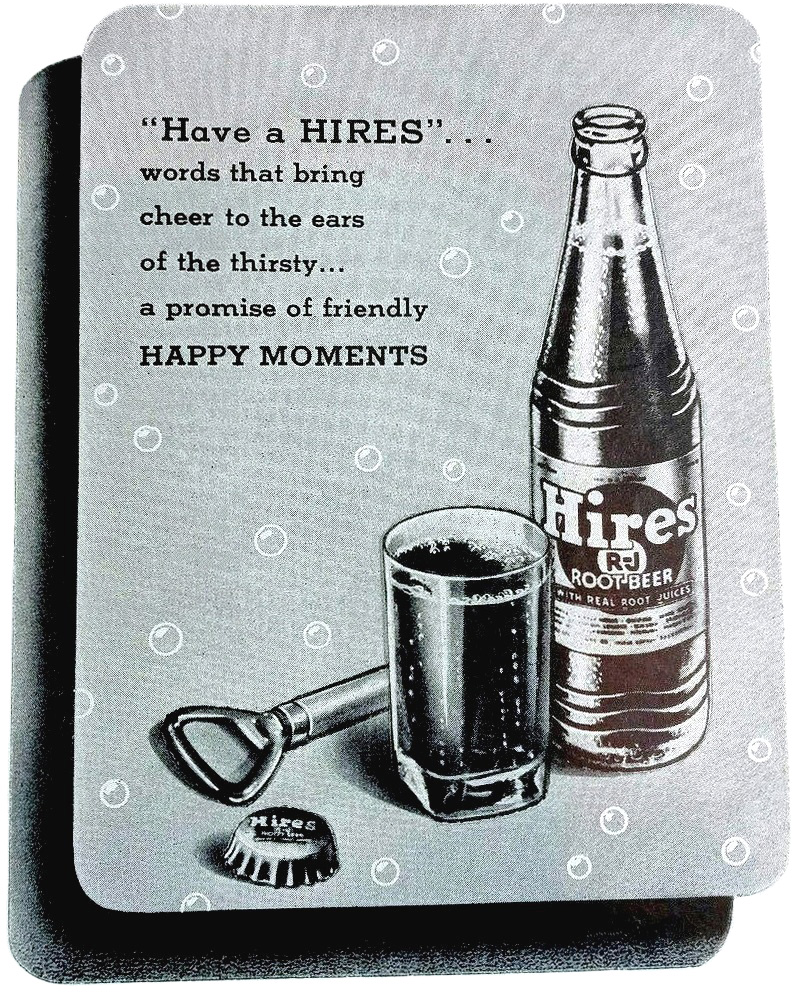

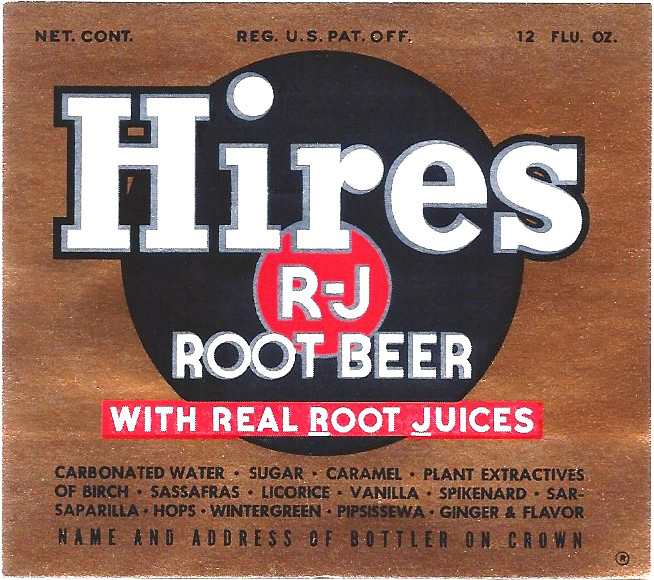
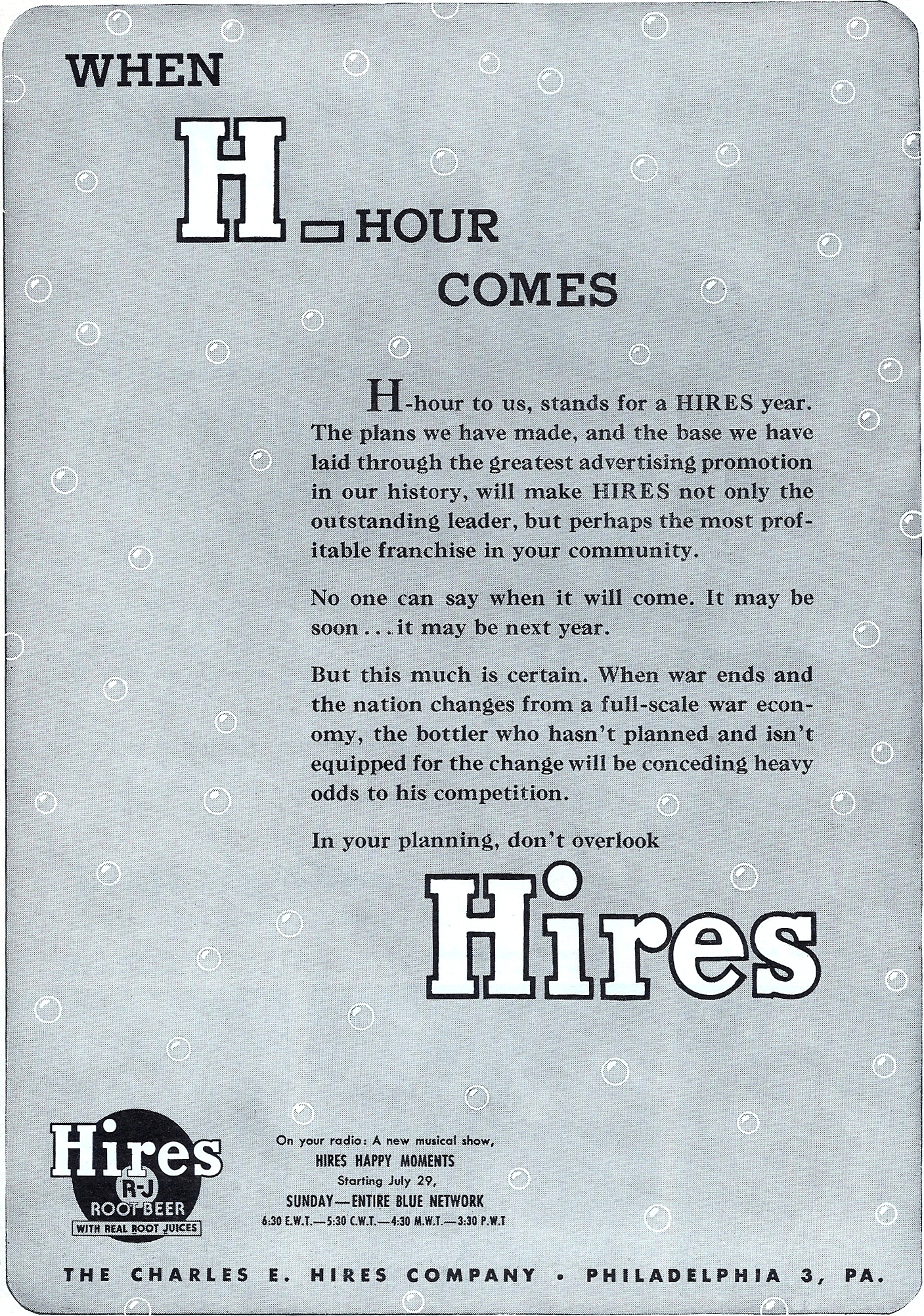

%20Root%20Beer%20With%20Real%20Root%20Juices,%20sugar%20shortage%20-%20Life.jpg)
